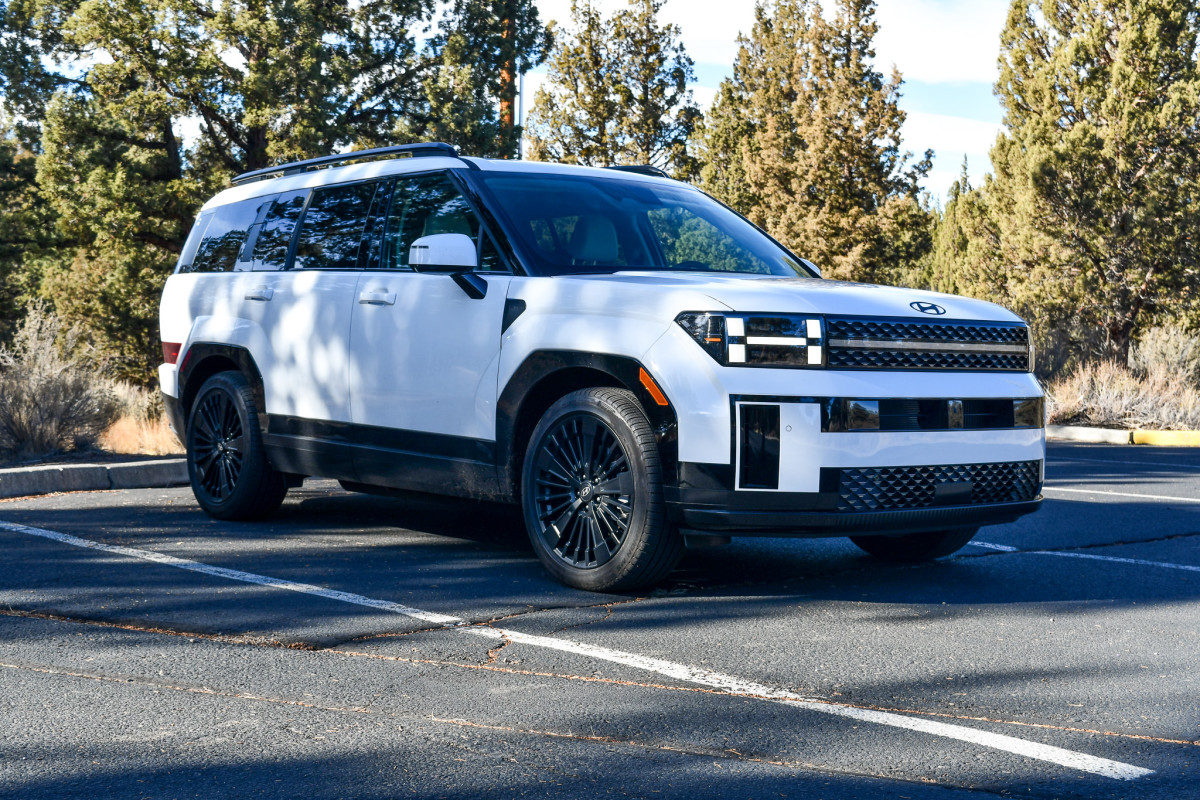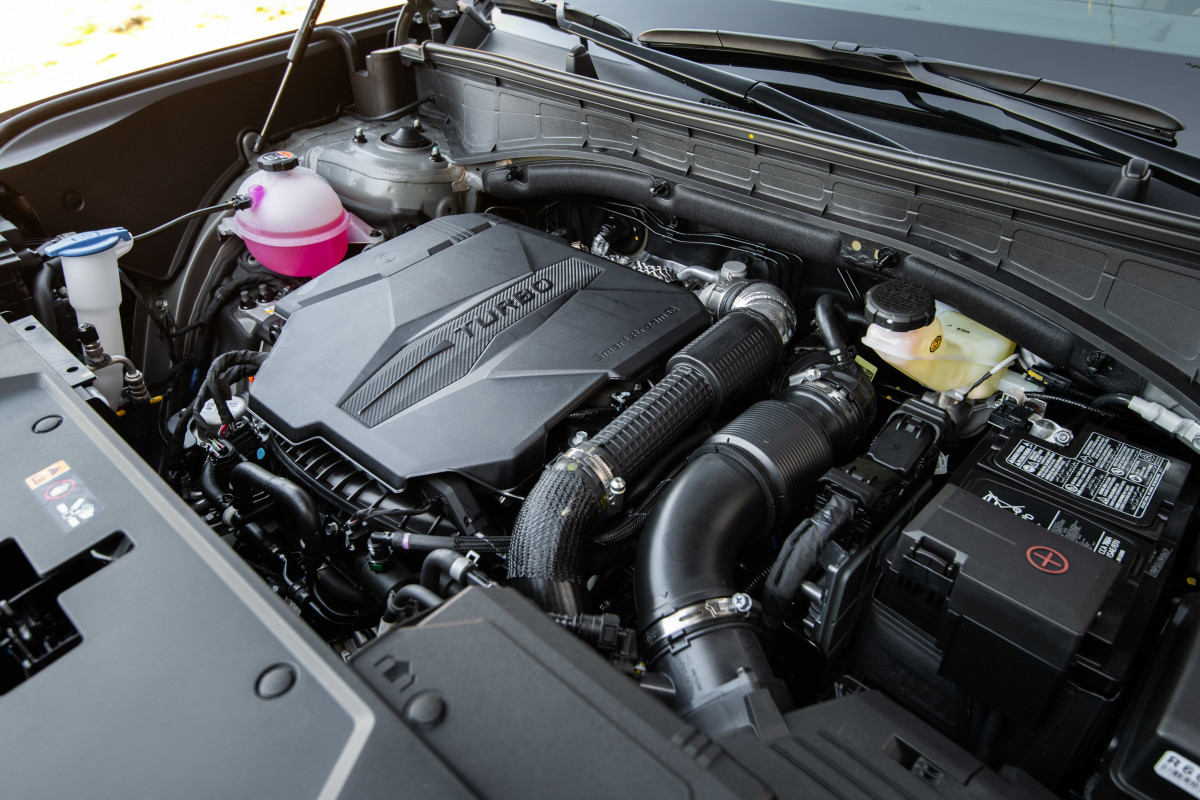
- A routine NHTSA crash test uncovered a hidden safety issue in the Santa Fe.
- The problem lies in a small component deep in the engine bay.
- More than 135,000 Hyundai Santa Fe units are affected.
- Hyundai plans to begin the recall process by December 2025.
Crash tests are designed to measure how well vehicles protect occupants in collisions. Conducted under strict conditions, they help agencies like the National Highway Traffic Safety Administration (NHTSA) evaluate structural integrity, restraint performance, and overall crashworthiness. The results feed into safety ratings that often influence consumer decisions.
In Hyundai’s case, however, a crash test revealed an unexpected flaw unrelated to passenger protection. During a 2024 NHTSA front barrier test involving the new Santa Fe, smoke was noticed to come from the engine bay after the impact. What seemed like a minor post-crash occurrence turned into a deeper investigation that eventually led to a safety recall covering more than 135,000 vehicles.
Hyundai
Incorrect Installation During Assembly
According to documents filed with NHTSA, the problem affects 135,386 units of the MY2024-2025 Hyundai Santa Fe with 2.5-liter gasoline engines, built at the company’s manufacturing plant in Alabama.
According to the investigation, the Santa Fe’s starter motor’s B+ terminal cover may have been incorrectly installed during assembly. In certain crash scenarios, deformation of the engine compartment could cause the exposed terminal to contact the cooling fan assembly. This contact could create an electrical short, increasing the risk of a fire.
Hyundai clarified that the defect was traced to improper installation at the factory, but there have been no field reports, crashes, or injuries linked to the issue. The only confirmed thermal event occurred during that government crash test, so it appears that the fire risk only appears during a crash.
A Relatively Easy Fix
For the remedy, Hyundai will instruct dealers to inspect affected vehicles and reinstall the terminal cover if necessary. The work will be done free of charge, regardless of warranty status, and reimbursement will be available for any previous out-of-pocket repairs.
According to Hyundai, the issue in production has already been rectified by June 2025, so newer deliveries are safe. The automaker plans to begin notifying dealers and owners by December in a phased rollout. Owners can expect recall details by mail, but owners worried about the issue may start checking their VINs through Hyundai’s website or NHTSA’s recall search tool.
Kristen Brown





